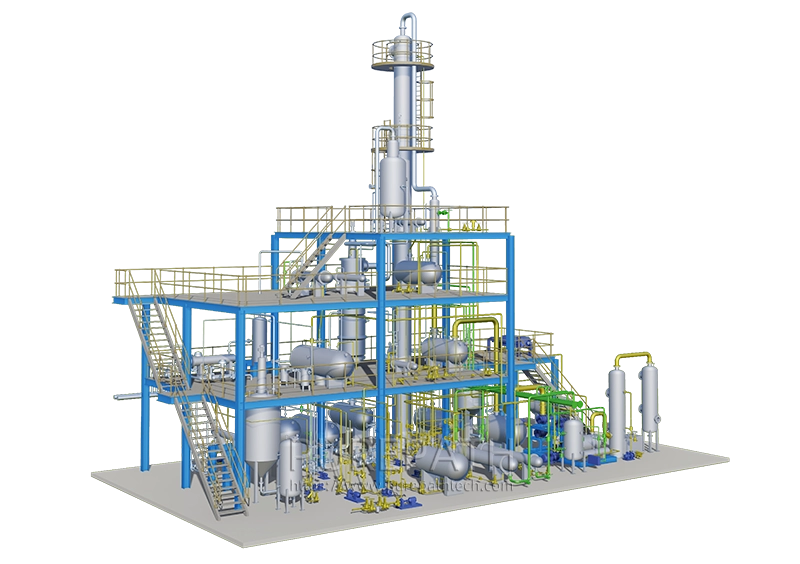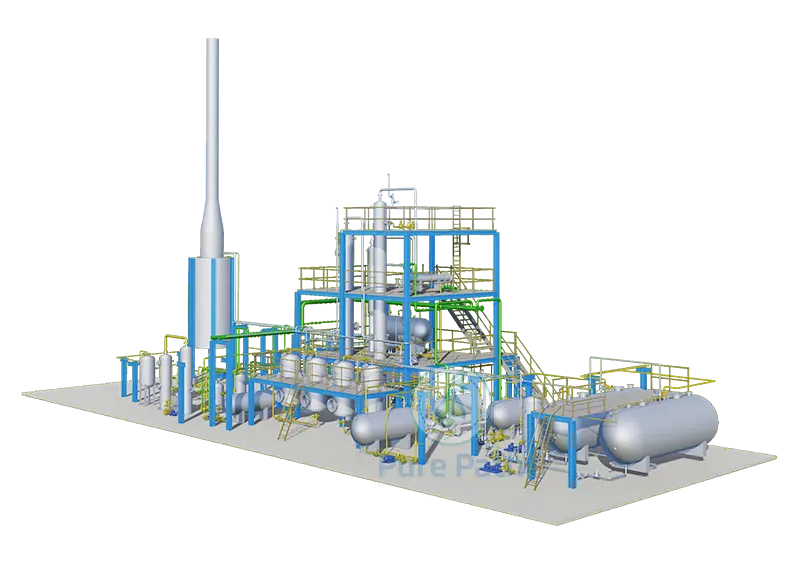Waste Oil Composition and RecyclingTechnology from Different Sources
Waste oil comes from a variety of sources, including industrial production, automobile maintenance, food processing and other fields. Waste oil from different sources varies in composition and degree of contamination. In order to ensure that waste oil can be effectively recycled and reused, it is very important to properly classify and pre-treat it.
Common Sources and Features of Waste Oil
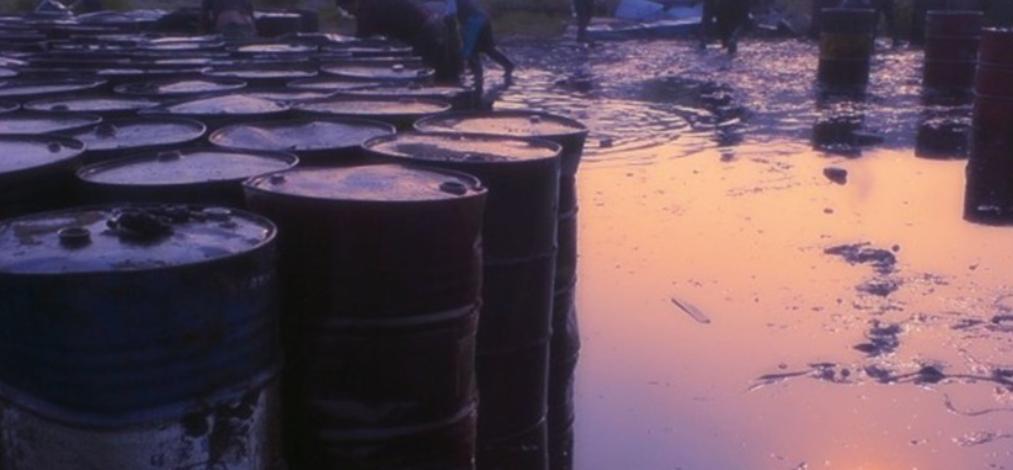
Waste oil is generated from a multitude of sources, each contributing different characteristics to the oil. The primary sources include:
- Automotive Maintenance: The most recognizable source of waste oil comes from vehicles. Engine oil, transmission fluid, and other lubricants become contaminated with dirt, metal shavings, and combustion by-products over time.
- Industrial Operations: Many industries utilize oils for machinery lubrication, hydraulic systems, and equipment maintenance. Waste oil generated from manufacturing processes often contains additives, heavy metals, and other hazardous materials.
- Marine Operations: Ships and boats generate waste oil through engine operation and maintenance. Marine waste oil can include bilge water, which is a mixture of oil and water, often contaminated with chemicals from cleaning agents.
- Cooking and Food Processing: In the food industry, used cooking oil from frying and food preparation is another source of waste oil. This oil often contains food particles, water, and other contaminants.
- Oil Exploration and Production: Waste oil from oil drilling and extraction contains a mixture of hydrocarbons, additives, and sometimes heavy metals.
Each source contributes unique features to the waste oil, such as viscosity, color, and the presence of specific contaminants, affecting the treatment and recycling processes.
Composition of Waste Oil
The composition of waste oil is complex and varies significantly based on its original use, operational conditions, and the degree of contamination. Waste oil generally comprises several key components, each of which impacts its recyclability and the environmental considerations required during disposal or recovery processes.
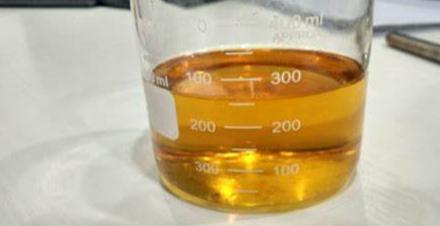
Base Oil
The base oil is the primary constituent of most waste oils, typically making up around 70-90% of the total volume. Base oils are categorized into two main types:
- Mineral-based Oils: Derived from crude oil, these oils undergo refinement to meet specific lubrication standards. They are commonly used in engine oils, hydraulic fluids, and other lubricants. When these oils become waste, they still retain the bulk of their hydrocarbon chains but have degraded due to oxidation and contamination.
- Synthetic Oils: These oils are chemically engineered to offer enhanced properties like higher viscosity index, better thermal stability, and resistance to oxidation. Synthetic oils are used in high-performance engines and machinery. Though they degrade slower than mineral oils, they still become waste over time due to contamination and breakdown.
Additives

Modern oils, particularly those used in vehicles and industrial machinery, are formulated with various additives that improve performance, protect engine components, and extend the oil’s lifespan. In waste oil, these additives may be partially consumed or chemically altered but remain in differing amounts. Common additives include:
- Detergents: These neutralize acidic byproducts and prevent deposits on engine parts. As the oil is used, detergents lose effectiveness and may contribute to sludge formation in waste oil.
- Dispersants: Dispersants prevent contaminants like soot, carbon particles, and dirt from clumping together to form sludge. In waste oil, dispersants may break down or become overloaded with contaminants, contributing to the oil’s degraded condition.
- Antioxidants: Antioxidants inhibit oxidation, preventing the oil from thickening and the formation of varnish or sludge. In waste oil, these additives may be depleted, leading to oxidative byproducts and further oil degradation.
- Viscosity Modifiers: These ensure the oil maintains consistent viscosity across a wide temperature range. In waste oil, these modifiers often degrade, resulting in either oil thickening or thinning.
Contaminants
Waste oil typically contains a range of contaminants, introduced either through operational use or chemical degradation. The type and concentration of these contaminants largely depend on the oil’s source:
- Metal Particles: The wear and tear of engine or machinery components release small metal particles, such as iron, copper, aluminum, and lead, into the oil. These particles are especially common in industrial and automotive waste oils, posing challenges for recycling and disposal due to their potential to damage equipment.
- Water: Waste oil often contains water from condensation, leaks, or exposure to humid environments. Water contamination accelerates oil degradation and can lead to the formation of emulsions, complicating the recycling process.
- Fuel and Combustion Byproducts: In automotive and machinery settings, waste oil may be contaminated with unburned fuel, diesel, or gasoline from incomplete combustion. This reduces the oil’s quality and introduces volatile organic compounds (VOCs). Soot and carbon particles from combustion are also prevalent in engine oils, further degrading the oil.
- Dirt and Dust: Environmental exposure, particularly in outdoor machinery or vehicles, introduces dirt, sand, and other particulates into waste oil. These solid contaminants contribute to oil thickening and can damage engines or machinery if not removed during the recycling process.
- Oxidation Products: Exposure to high temperatures and oxygen causes oil to degrade, producing oxidative byproducts such as varnishes, resins, and sludge. These substances form long-chain polymers that impair oil performance, complicating recycling efforts.
Hazardous Chemicals
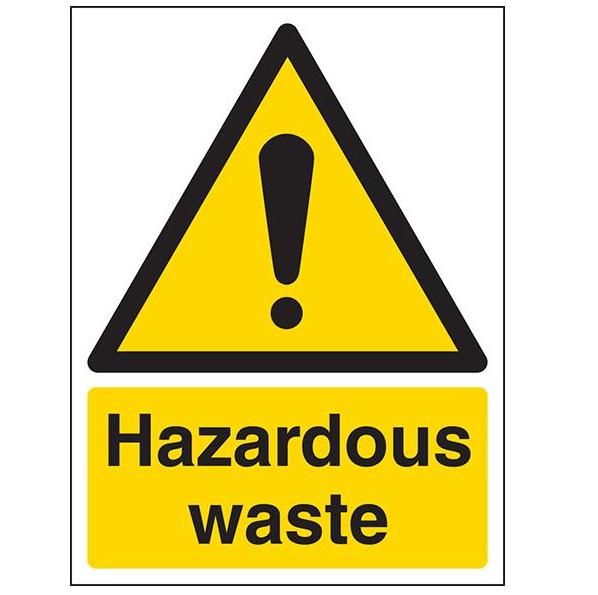
Depending on its source, waste oil may contain hazardous chemicals that complicate the recycling process and pose environmental risks:
- Heavy Metals: Industrial waste oils, particularly those from metalworking, may contain high levels of toxic metals such as cadmium, lead, chromium, and mercury. These metals pose significant challenges in disposal and recycling, as they cannot be easily removed through standard filtration or separation processes and require specialized treatment to prevent environmental contamination.
- Polychlorinated Biphenyls (PCBs): These are hazardous organic chemicals historically used in electrical equipment and some hydraulic systems. Although banned in many countries, waste oils from older equipment may still contain PCBs, which are toxic, persistent, and bioaccumulative in ecosystems.
- Polycyclic Aromatic Hydrocarbons (PAHs): These compounds can be formed as byproducts of incomplete combustion in engines and industrial processes. PAHs are known carcinogens and require careful management during the recycling or disposal of waste oils.
- Phenols and Other Organic Compounds: Industrial oils used in processes such as plastic manufacturing or chemical production may contain hazardous organic compounds, including phenols, dioxins, and other byproducts. These compounds require specific treatment during recycling to ensure they do not contaminate the environment.
Other Chemical Compounds
Waste oils can also contain various other chemicals that may affect their usability and recycling potential. These include:
- Additive Degradation Products: As the oil ages and is subjected to heat and contamination, the additives may degrade, resulting in the formation of acids and other byproducts that can further degrade the oil’s performance.
- Fats and Oils: In the case of waste cooking oils, the composition may include triglycerides and free fatty acids, which can be processed into biodiesel through transesterification.
Recycling Technologies for Waste Oil from Different Sources
Recycling waste oil is a critical process for minimizing environmental impact and recovering valuable resources. Various technologies are utilized based on the specific source and composition of the waste oil. Below are some of the key recycling technologies employed across different waste oil sources:
Physical Methods
Physical recycling methods primarily focus on removing contaminants and restoring the oil’s quality. These methods are often less complex and more cost-effective.
- Filtration: This process involves passing waste oil through filters to remove solid contaminants such as dirt, metal particles, and sludge. Various filtration techniques, including vacuum filtration and membrane filtration, are utilized to improve the quality of the oil. The filtered oil can often be reused in machinery or vehicles, extending its lifespan.
- Centrifugation: This technique employs centrifugal force to separate oil from water and heavier solids. Waste oil is spun at high speeds in a centrifuge, causing denser particles to settle at the bottom, while the lighter oil rises to the top. This method is particularly effective for waste oil from marine operations and industrial machinery, where significant amounts of water and solids are typically present.
Chemical Methods
Chemical recycling methods modify the chemical structure of waste oil to create high-quality base oils or other valuable products. These processes tend to be more complex and often require substantial energy input.
- Hydrocracking: This advanced refining technique breaks down large hydrocarbon molecules in waste oil into smaller, more useful ones. The process utilizes hydrogen gas and catalysts under high temperatures and pressures. Hydrocracking can yield high-quality base oils, making them suitable for lubricants and fuels, efficiently transforming waste oil into practical, usable products.
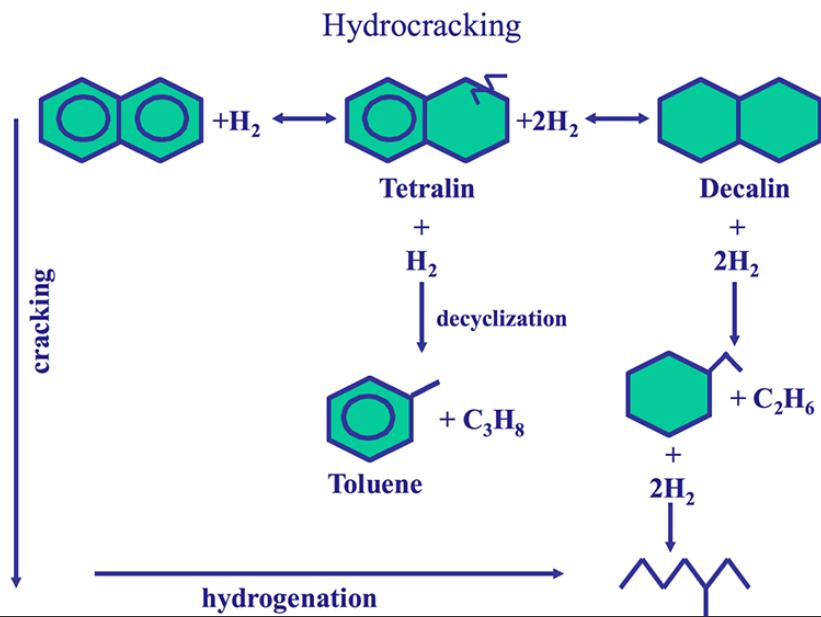
- Transesterification: Mainly applied to recycle waste cooking oils, this process involves reacting triglycerides (fats and oils) with an alcohol, typically methanol or ethanol, in the presence of a catalyst. The end products are biodiesel and glycerol. This method is gaining popularity as it converts waste oils into a renewable energy source, reducing dependence on fossil fuels.
Thermal Methods
Thermal recycling methods utilize heat to break down waste oil, transforming it into usable fuels or raw materials.
- Pyrolysis: Pyrolysis is a thermochemical decomposition process that occurs in the absence of oxygen. Waste oil is heated to high temperatures (typically between 300°C and 700°C), causing it to break down into smaller molecules. The resulting products can include synthetic crude oil, gases, and char. Pyrolysis can effectively convert various types of waste oil, including used motor oil and industrial lubricants, into valuable resources.
- Combustion: This method involves burning waste oil to generate energy. While it can be an effective way to manage waste, it must be carefully controlled to minimize harmful emissions, such as carbon monoxide and sulfur oxides. Advanced combustion systems equipped with scrubbers and filters can help capture pollutants, making this method more environmentally friendly. However, it is typically seen as a last resort compared to more resource-recovery-oriented processes.
Biological Methods

Biological methods leverage microorganisms to decompose oil contaminants, presenting an eco-friendly approach to waste oil management.
- Bioremediation: This technique uses bacteria, fungi, or other microorganisms to break down and metabolize oil and its byproducts in contaminated soil and water. Bioremediation is particularly effective in cleaning up oil spills and other environmental incidents, where waste oil has been released into ecosystems. It can be a cost-effective and sustainable solution, as it often requires minimal human intervention and can restore contaminated sites over time.
- Phytoremediation: While primarily focused on the use of plants to absorb and detoxify pollutants, this method can also aid in managing waste oil contamination. Certain plant species can uptake hydrocarbons and help stabilize contaminated soils, enhancing the bioremediation process.
Advanced Technologies
Innovative technologies are being developed to enhance the efficiency and effectiveness of waste oil recycling.
- Supercritical Fluid Extraction (SFE): This advanced method employs supercritical fluids—substances at a temperature and pressure above their critical point—commonly carbon dioxide—to extract valuable components from waste oil. SFE offers a non-toxic and environmentally friendly alternative to traditional solvents and can achieve high levels of purity. This technique is particularly useful for extracting specific compounds from waste oils, which can then be repurposed or refined.
- Membrane Technologies: Advanced membrane separation processes are gaining traction for waste oil recycling. These methods use selectively permeable membranes to separate oil from water and other contaminants efficiently. Membrane filtration systems can operate at lower temperatures and pressures than traditional methods, making them energy-efficient. They are also adaptable to various waste oil compositions, enhancing the versatility of recycling operations.
Conclusion
Recycling waste oil offers significant environmental and economic benefits. Understanding its sources, composition, and recycling technologies is key to effective management. Advanced recycling methods and responsible disposal can reduce environmental impact, recover valuable resources, and support sustainability. As technology advances, improved waste oil recovery can promote environmental sustainability and reduce dependence on crude oil.


